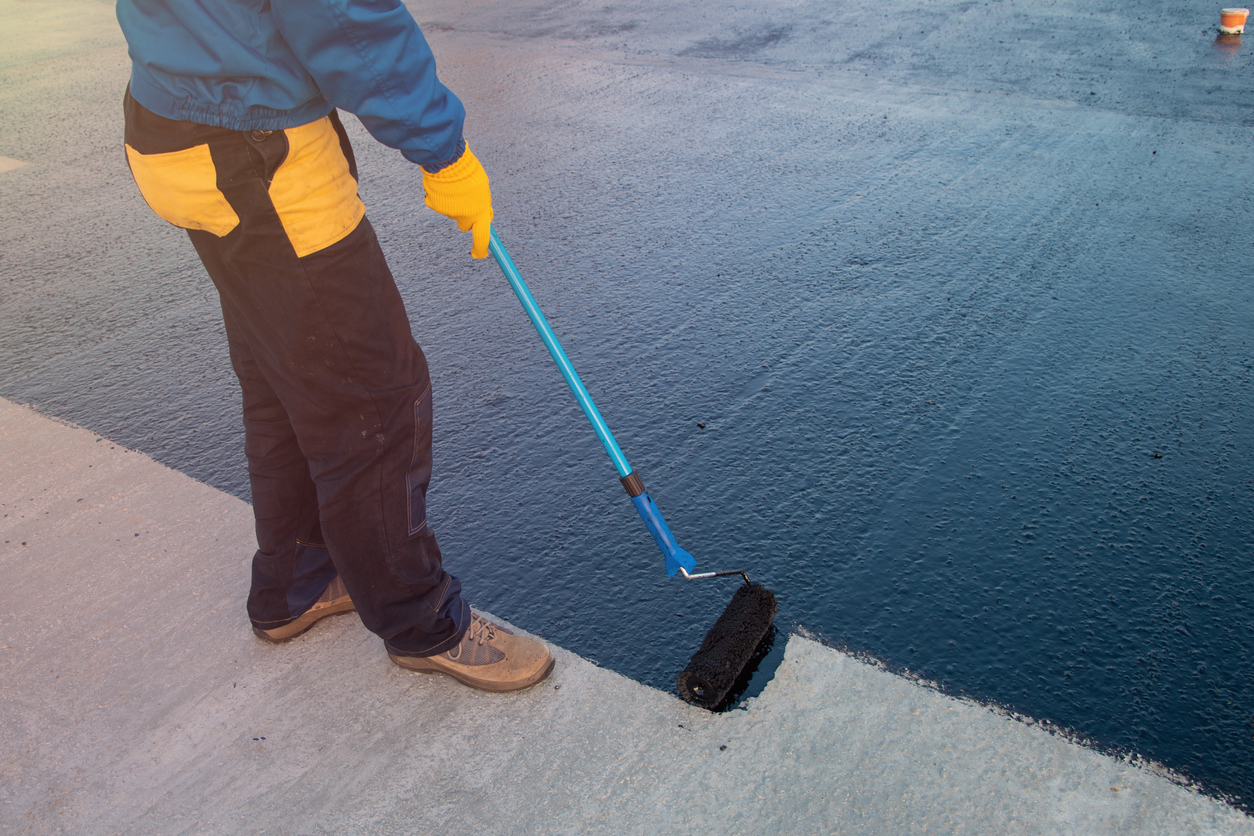
How Often Should You Inspect Flat Roofing?
For as long as mankind has walked around this planet on two legs, we have been trying to get a roof over our heads. Our base needs are very simple, though you might not be able to tell this is the case given that long line outside of the Apple store. Though we have very minimal needs, which include the need to eat, the need to procreate, and the need for security. Just as rabbits need a hole and bears need a den, the human being has that same genetic drive to find shelter, and this has led to some really great advancements in roofing types over the years, especially in the realm of what sorts of materials we use for our shelters.
One very common type of roof is the flat roof, which is basically a roof that’s entirely absent from any slope (or “pitch,” as it’s called professionally) or has a very minimal angle. Flat roofing is very popular due to how simple it is to construct and how much money people can save without having to spend on extra materials for trusses and a steep pitch, etc. Though this roofing type can also fail a lot easier than sloped roofs, so it’s important that you inspect it on a regular basis. But how often should you do this?
Industry Standard Inspection Dates
The industry-standard inspection rate for flat roof types is a bit different for sloped roofs. This is because they face the elements differently and bear damage differently. This is due to quite a few reasons, which we will get into below, but the basic guideline for a flat roof inspection is between two to three years. And that means every two to three years, not having it inspected after the first two years and then letting that inspection lapse because it was okay the first time.
The longer you have your roof, the more weathered and damaged it’s going to become, especially if you live in an area that has a lot of temperature swings and inclement weather. Of course, not every sort of flat roofing is the same. Quality materials that were constructed by better companies are going to last longer, but the idea here is to have it inspected every two to three years to be on the safe side.

What Flat Roofs Are More Susceptible to Damage
Minimal Run-Off
The first reason that your flat roof may become damaged a lot earlier and even a lot more than a regular roof is because it doesn’t have any pitch to it. The lack of angle means that things falling on the roof are staying there a lot longer. Think of living in an area that gets a lot of snow. With a pitched roof, the snow will break loose and run off the side as gravity takes over. With a flat roof, you have to wait not only for the snow to melt, but also for a lot of that water to evaporate. So, basically, you have tons of water just sitting up there, which is also another reason that flat roofs leak more than sloped varieties. Hence the reason they need to be fully and professionally inspected more often.
Weight Displacement
This is an extension of the reason listed above. Weight displacement means that anything on that flat roof is essentially staying in place. Think about something larger ending up on a regular sloped roof, and think about what happens. It’s making its way down the roof, so there’s not a lot of weight on one part of the roof. The materials aren’t nearly as stressed. With a flat roof, there’s a whole lot more stress there to deal with.
Wild Growth
Lastly, you can end up having dirt and debris land up there, and thousands of types of different wild seeds that blow up there, or are dropped by birds, etc., and you can end up with growths on the roof as Mother Nature takes over. This isn’t always weeds and grass; you could get actual trees and bushes, whose roots can chew right through a roof.
These are all the reasons that a flat roof needs to be inspected more. The good news is that the professionals are very close by to assist you in this area.




